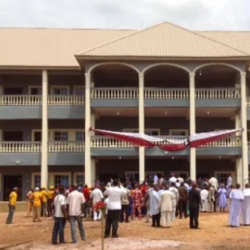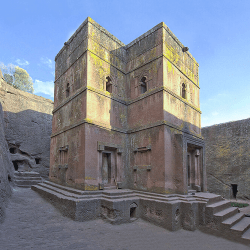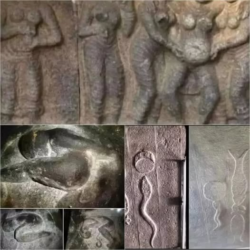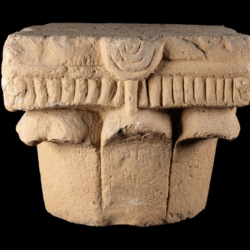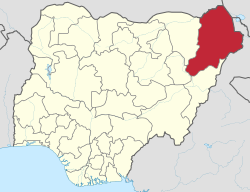The Terracotta Army, constructed between 246 and 206 BC, stands as a remarkable testament to the power and grandeur of Emperor Qin Shi Huang, the first ruler of a unified China. These life-sized sculptures, representing the army that led the State of Qin to victory, serve as an enduring symbol of ancient China’s military prowess and artistic achievements.
A Serendipitous Discovery
The Terracotta Army remained hidden beneath the earth for centuries until 1974, when farmers in Lintong County, about thirty kilometers from Xi’an, stumbled upon the site while digging a well. Their discovery revealed three massive underground chambers containing thousands of terracotta warriors, an astonishing burial artifact intended to accompany Emperor Qin Shi Huang in the afterlife.
These figures were buried as part of an elaborate necropolis designed to mirror the emperor’s earthly domain, reflecting his belief in an afterlife where his rule would continue. The discovery offered an unparalleled glimpse into the sophistication of ancient Chinese culture and craftsmanship.
A Detailed Replica of a Mighty Force
The Terracotta Army consists of meticulously crafted replicas of soldiers, each adorned with armor and equipped with weapons. No two warriors are identical, with variations in facial features, hairstyles, and expressions reflecting the diversity of Qin Shi Huang’s army. The figures are arranged in battle formations, with ranks of infantry, cavalry, and charioteers ready to defend their emperor.
To date, archaeologists have uncovered more than 8,000 terracotta warriors, alongside 18 wooden chariots and 100 terracotta horses. These artifacts provide a detailed representation of the military force that helped Qin Shi Huang unify China. The army’s precision and realism demonstrate the incredible craftsmanship of the period, with artisans employing advanced techniques to create these lifelike sculptures.
Symbolism and Significance
The construction of the Terracotta Army was an enormous undertaking, involving the labor of thousands of workers over several decades. The project reflected Qin Shi Huang’s vision of immortality and his desire to maintain his authority in the afterlife. The soldiers symbolize protection and loyalty, ensuring the emperor’s continued reign even beyond death.
The warriors also highlight the organizational skill and resources of the Qin Dynasty, which achieved unification through military strength, administrative reforms, and an unparalleled sense of ambition. The army serves as a reminder of the emperor’s legacy as both a unifier and a tyrant, whose grand visions came at great human cost.
An Ongoing Exploration
Despite the scale of the discovery, much of Emperor Qin Shi Huang’s tomb remains unexcavated. The central burial chamber, believed to contain even greater treasures and secrets, is still sealed. Legends speak of rivers of mercury and intricate traps designed to protect the emperor’s final resting place, adding an aura of mystery to the site.
The Terracotta Army continues to captivate the world with its historical, cultural, and artistic significance. It offers a tangible connection to ancient China’s rich heritage, preserving the memory of a ruler whose influence shaped the course of history.

Today, the site of the Terracotta Army is a UNESCO World Heritage Site and a symbol of China’s enduring legacy, attracting millions of visitors who marvel at this incredible achievement of ancient ingenuity.



